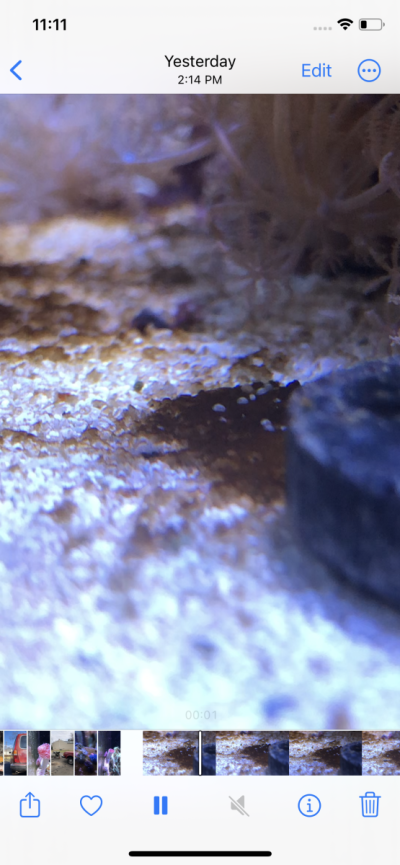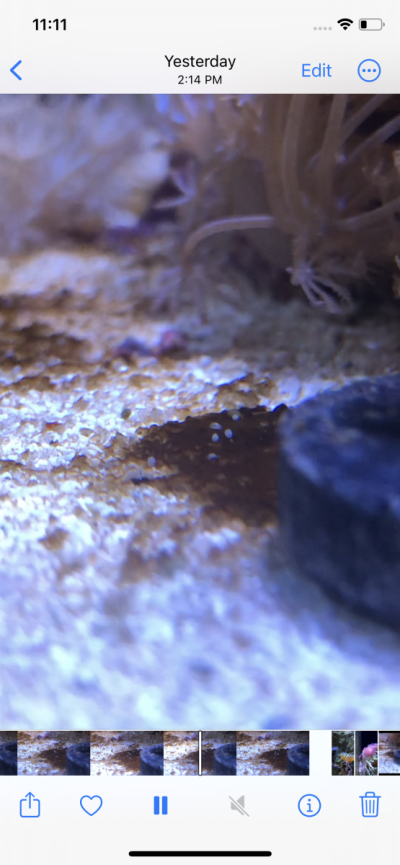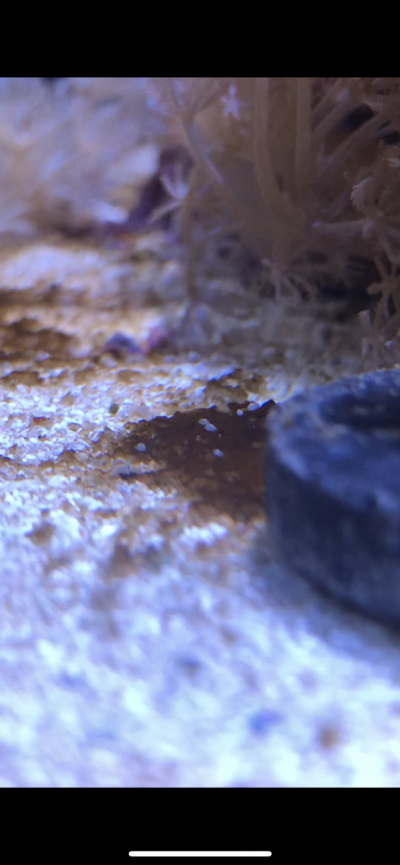Navigation
Install the app
How to install the app on iOS
Follow along with the video below to see how to install our site as a web app on your home screen.

Note: This feature currently requires accessing the site using the built-in Safari browser.
More options
You are using an out of date browser. It may not display this or other websites correctly.
You should upgrade or use an alternative browser.
You should upgrade or use an alternative browser.
Strange bugs on dinoflagellates
- Thread starter ManWithAClam
- Start date
Look up ostracod or seed shrimp, see if the movement and carapace shares resemblance
Hi! Potentially hijacking this thread... apologies, this was the closest match I found when searching.
I too am battling large cell amphidinium dinoflagellates. After almost 2 years, I finally feel like I'm winning. I've noticed a new type of pod has taken over. See attached pics from under the microscope. It looked like they have two independent top and bottom plates. They keep mostly to the substrate and lower inch of glass. I believe they're feeding on cyanobacteria. They're keeping into small communities in lower-flow areas and can crawl pretty quickly when disturbed.
Could someone please confirm these aren't some monstrous evolution of the large cell amphidinium life cycle? I don't think I could sleep tonight if they are, lol. Can anyone ID these?



I too am battling large cell amphidinium dinoflagellates. After almost 2 years, I finally feel like I'm winning. I've noticed a new type of pod has taken over. See attached pics from under the microscope. It looked like they have two independent top and bottom plates. They keep mostly to the substrate and lower inch of glass. I believe they're feeding on cyanobacteria. They're keeping into small communities in lower-flow areas and can crawl pretty quickly when disturbed.
Could someone please confirm these aren't some monstrous evolution of the large cell amphidinium life cycle? I don't think I could sleep tonight if they are, lol. Can anyone ID these?
those look very similar to what i have, except i never see mine on the glass, either way i think my next approach is going to be silicate dosing.Hi! Potentially hijacking this thread... apologies, this was the closest match I found when searching.
I too am battling large cell amphidinium dinoflagellates. After almost 2 years, I finally feel like I'm winning. I've noticed a new type of pod has taken over. See attached pics from under the microscope. It looked like they have two independent top and bottom plates. They keep mostly to the substrate and lower inch of glass. I believe they're feeding on cyanobacteria. They're keeping into small communities in lower-flow areas and can crawl pretty quickly when disturbed.
Could someone please confirm these aren't some monstrous evolution of the large cell amphidinium life cycle? I don't think I could sleep tonight if they are, lol. Can anyone ID these?
View attachment 2975569
View attachment 2975568
View attachment 2975581
those look very similar to what i have, except i never see mine on the glass, either way i think my next approach is going to be silicate dosing.
FWIW, I dosed silica for 5 months per that giant thread, with no success. I stopped a month ago and changed strategies. I started dosing ESV nitrates and added a pistol shrimp watchman goby pair and strawberry conch. My theory is that the pistol shrimp is turning the sand over enough that the LCA were dispersed into the water column and otherwise out competed by my ostracod and isopods. In particular, I think the pistol shrimp did a great job cleaning the sand under some rather large rocks. It's created quite a sophisticated cave system about 10 inches long with 5 different viewing port holes. Ya never know where this sucker is going to pop out from.
Similar threads
- Replies
- 3
- Views
- 291
- Replies
- 3
- Views
- 256
- Replies
- 1
- Views
- 104















